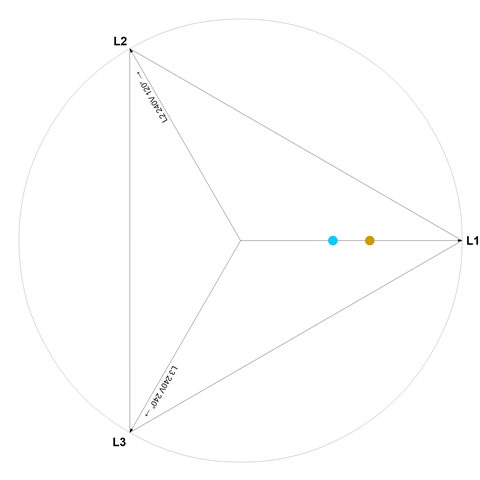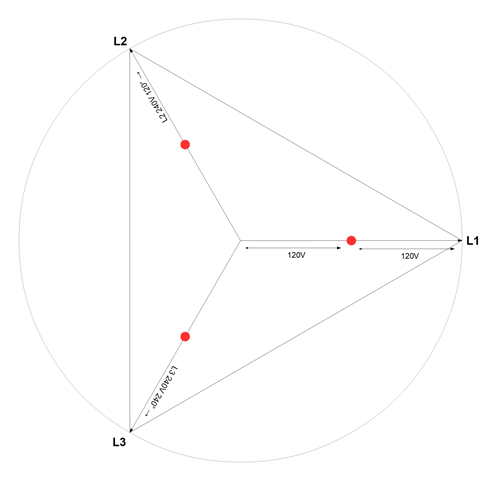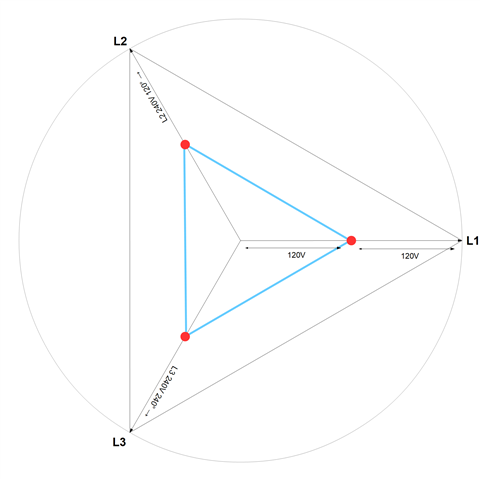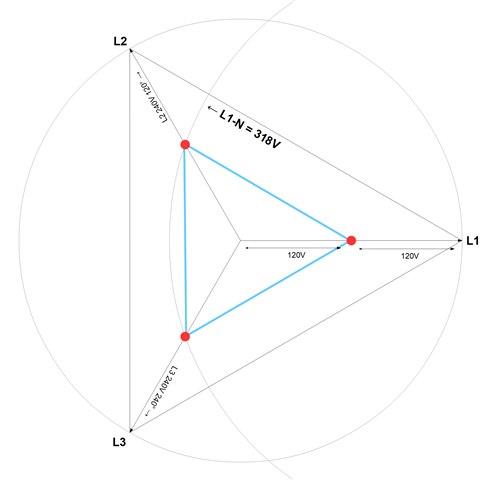The IET's new Standard (IET 01) includes definitions, requirements and tests for open PEN detection devices (OPDDs) and is now open for public comment, find out more here https://electrical.theiet.org/get-involved/consultations/iet-open-combined-protective-and-neutral-pen-conductor-detection-devices-opdds
Deadline for comments: Friday 2 February 2024.




